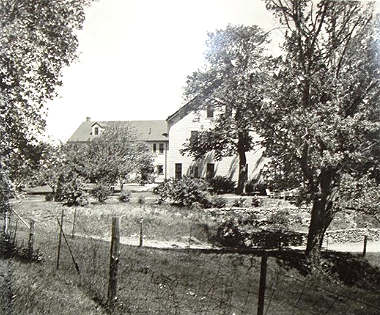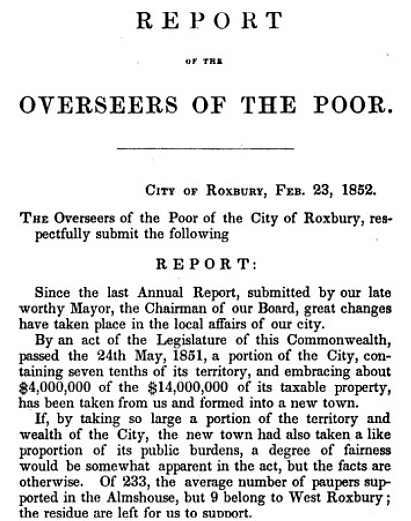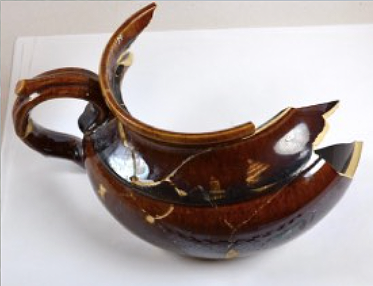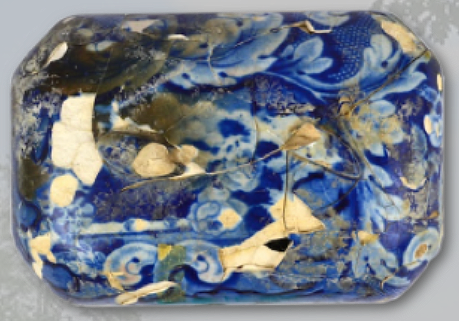The removal of the inmates to Brook Farm has had a very evident effect on them for the better. Being removed from the numberless unwholesome influences of the city, there is now no difficulty in keeping good order and sobriety.
”A New Use for the Land

Because this system of welfare was expensive for the city to maintain, a special committee was formed to find a location that was large enough to support a large group of people, suitable for farming, and had facilities that could be converted into a hospital for the sick. The abandoned Brook Farm offered all of these things.

Both the Utopian society and the Roxbury almshouse shared spaces and were close to each other in date and so many of the excavated artifacts cannot be satisfactorily attributed to one group or another. Both were sizable populations of adults and children who utilized and discarded large amounts of material culture. As we would expect to see, there are many artifacts related to the everyday activities of food consumption, domestic maintenance, personal adornment, and farm work.

The opening of a Massachusetts state almshouse in Tewksbury ended the necessity of the Roxbury site. In the summer of 1854, all of Roxbury’s poor were sent either to the new state facility or a smaller downtown institution. This removal, coupled with a fire that destroyed the Hive, the barn, and a number of outbuildings, caused the City to sell the land to James Freeman Clark in 1855. The burned pearlware lid below is evidence of the numerous fires on the site.

